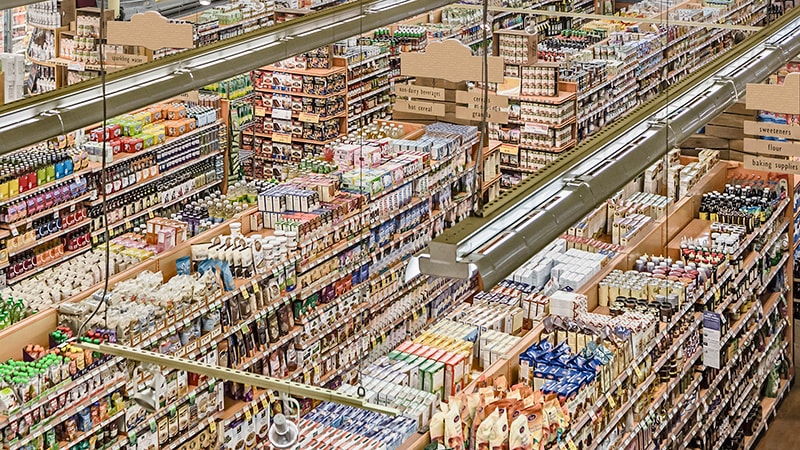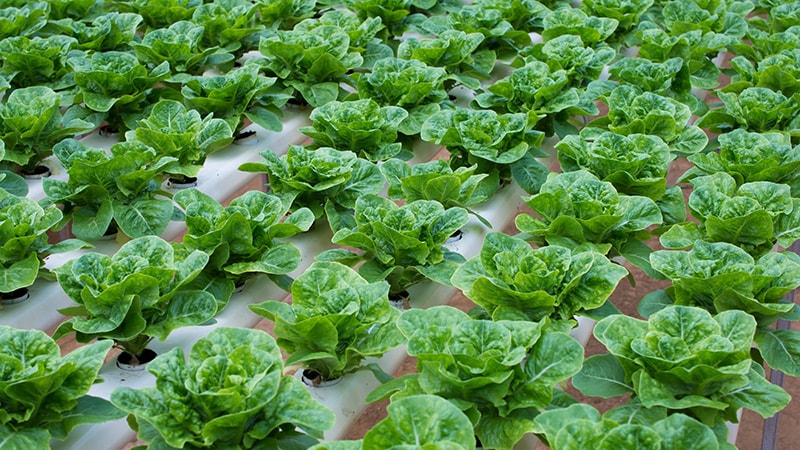Governments can consider strengthening exemptions from movement restrictions for food and beverage workers - to keep the supply chain functioning. This allowance is likely to be conditional on employers implementing measures such as provision of personal protective equipment and safe distancing.
Governments can consider strengthening exemptions from movement restrictions for food and beverage workers...














